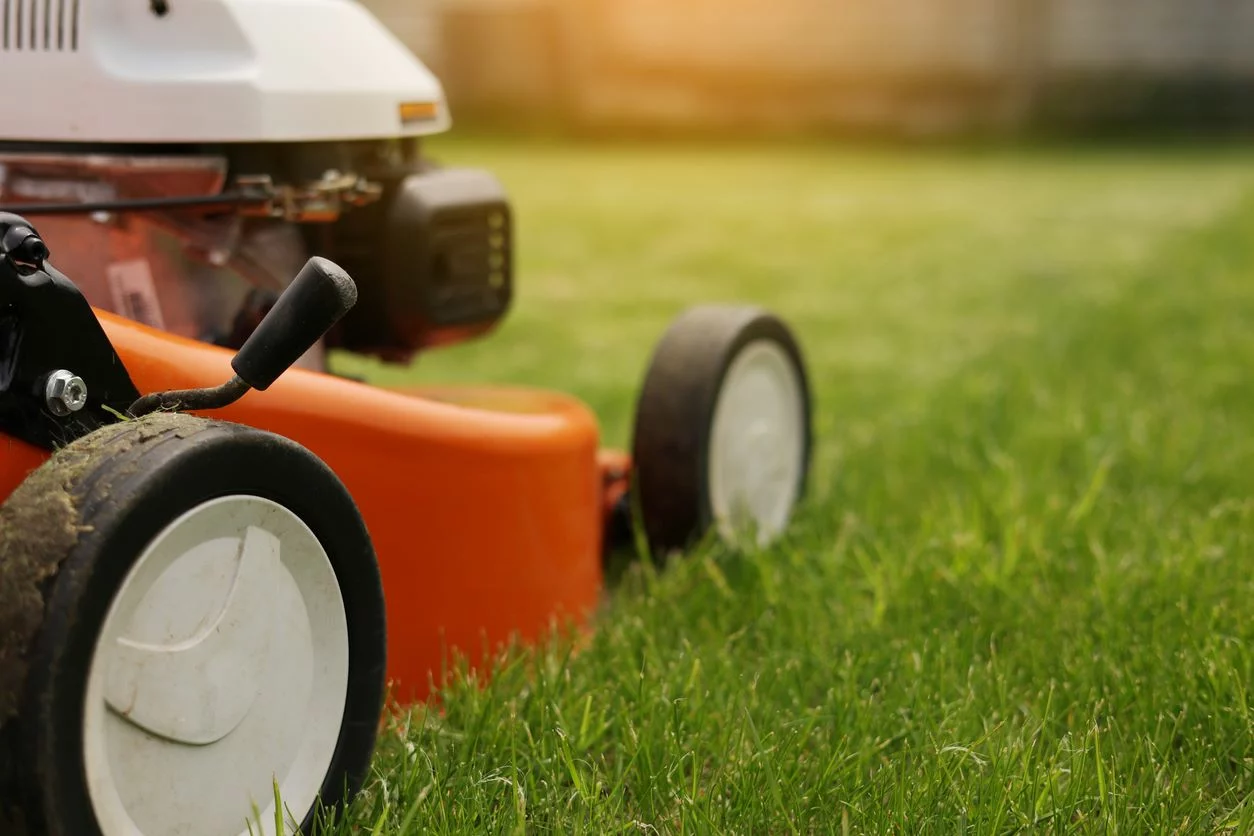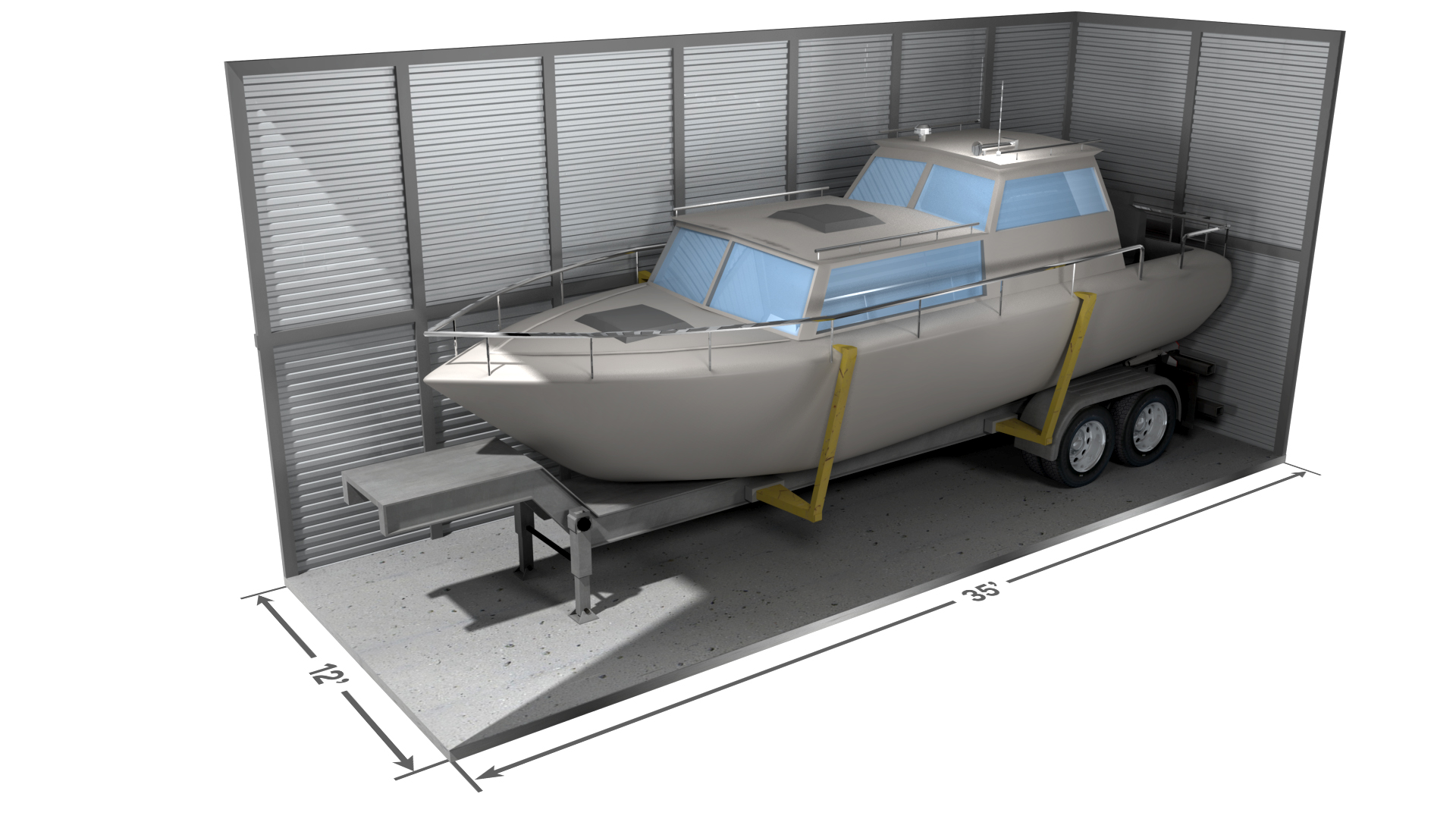Like any other machinery, lawn mowers can encounter problems that disrupt your outdoor maintenance routine. Whether your mower refuses to start, stalls mid-operation, or simply isn’t cutting grass as effectively as it should, fixing lawn mower problems can save you time and money in the long run.
The experts at Safeguard are here to help you understand everything there is to know about lawn mower troubleshooting and maintenance. Keep reading for some valuable lawn mower repair tips and strategies.
Starting Problems
Diagnosing mower issues often involves figuring out why your engine won’t start. Here are some things to try:
Check the Fuel
One of the most common results of lawn mower troubleshooting is that you simply don’t have enough fuel in your tank. Ensure enough fresh gasoline is in your mower, as old fuel can degrade and clog the carburetor. If your gas is older than 30 days, safely drain and refill it with fresh fuel.
Inspect the Spark Plug
A faulty spark plug can prevent your mower from starting. Remove the spark plug and inspect it for dirt, corrosion, or damage, cleaning with a wire brush as needed. Ensure the spark plug wire is firmly attached after cleaning.
Examine the Air Filter
A clogged air filter can choke your mower’s engine, preventing it from starting. Remove the air filter and clean it if it’s dirty. For foam filters, wash with soapy water and let it dry completely before reinstalling. Paper filters should be replaced if they are excessively dirty.
Engine Troubles
Sometimes, fixing lawn mower problems involves a mechanical issue with the engine. Here’s what to look for:
Oil Level and Quality
Check your mower’s oil level regularly. Low oil levels can cause the engine to overheat and seize, so ensure the oil is clean and at the correct level. Change the oil if it appears dirty or hasn’t been changed in the past season.
Fuel Filter
A clogged fuel filter can restrict fuel flow to the engine. Locate the fuel filter and replace it if it looks dirty or clogged up. While a simple fix, this can significantly improve engine performance.
Carburetor Cleaning
The carburetor might be dirty if your mower’s engine runs rough or stalls. Use a carburetor cleaner spray to clean out any debris. For more severe clogs, disassemble the carburetor and soak it in a cleaning solution until it’s sparking and like-new.
Blade Maintenance
If your mower’s blades aren’t sharp, they won’t cut well, right? Here’s what you should look for on the underside of your mower:
Sharpening the Blades
Dull blades tear the grass instead of cutting it, leaving your lawn looking uneven and unhealthy. Sharpen the blades of your mower at least once a season using a file or a bench grinder. An important note: always balance the blades to prevent undue stress on the mower’s engine.
Blade Alignment
Misaligned blades can cause vibrations and uneven cutting. Check that the blades are securely fastened and properly aligned. If you notice vibrations, it could indicate that the blade is damaged or incorrectly installed.
Other Common Issues
Not every lawn mower maintenance issue can be easily identified. If the above solutions haven’t worked, consider these other lawn mower repair tips:
Mower Stalls When Cutting
If your mower stalls while cutting thick grass, the problem could be a clogged deck or a dull blade. Clear any grass clippings from the deck to ensure the blade is sharp and try raising the cutting height to reduce the strain on the engine.
Uneven Cutting
Uneven cutting can result from various issues, such as dull blades, incorrect tire pressure, or an uneven deck. Ensure the blades are sharp and properly aligned and check the tire pressure regularly. Also, level the deck of your mower according to the manufacturer’s instructions.
Battery-Powered Mower Issues
For battery-powered mowers, ensure the battery is fully charged. If the mower still doesn’t start, check the connections for any loose wires or corrosion. Clean and secure all connections and consider replacing the battery if it no longer holds a charge effectively.
Preventive Maintenance Tips
You don’t have to wait for something to go wrong to protect the health of your lawn mower. To keep your mower running smoothly for years to come, incorporate these preventive lawn mower maintenance tips into your routine:
- Regularly check and change the oil.
- Keep the air filter clean.
- Sharpen and balance the blades.
- Inspect the spark plug and replace it annually.
- Clean the underside of the mower deck to prevent grass buildup.
- Store the mower in a dry, sheltered place.
By following these simple lawn mower troubleshooting steps and maintenance tips, you can extend the life of your lawn mower and ensure it operates efficiently throughout the mowing season. Taking the time to be proactive and properly addressing issues as they arise will save you from costly repairs in the future and keep your lawn looking beautiful and full of life!

 ';
';














